Advertisement
A concept that comes easily to rehab professionals
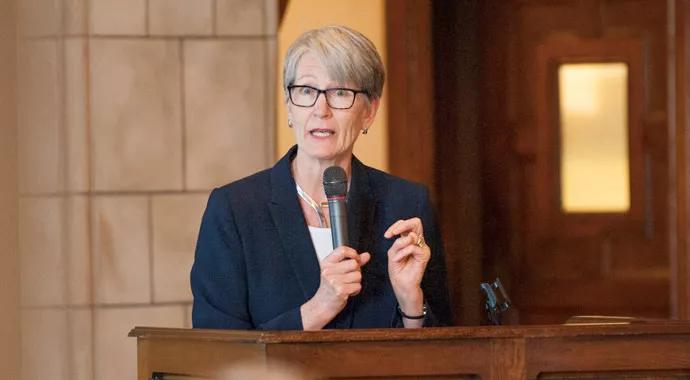
When trying to decide whether to enroll in medical school in 1975, Hilary Siebens spent time working in a missionary medical clinic in a remote Ethiopian village.
Advertisement
Cleveland Clinic is a non-profit academic medical center. Advertising on our site helps support our mission. We do not endorse non-Cleveland Clinic products or services. Policy
One of the clinic’s patients was a woman who, as a child, had fallen into a cooking fire, badly burning part of her face. A surgeon had removed her nonfunctioning eye, but its glass replacement wouldn’t stay in place. The empty socket’s appearance was disturbing, leaving the woman isolated and sad.
Aware of the disfigurement’s toll on her patient, Ms. Siebens sewed a simple eye patch. Its impact was profound. When Ms. Siebens saw the woman several months later, she was smiling and dancing and reintegrated into village life.
“The surgeon took care of her eye, and I ended up thinking about her appearance,” Hilary Siebens, MD, now a respected clinician, educator and healthcare consultant, told the audience at Cleveland Clinic Department of Physical Medicine and Rehabilitation’s 2014 Daurine and Sanford Noll Symposium Lecture. “This experience made a deep impression on me and my view of patients. In retrospect, she was my first rehabilitation case and my first encounter with the biopsychosocial model” of medicine.
Historically, physicians have used a series of increasingly sophisticated models to define the concept of disease and to guide their approach to providing care. The predominant version in the 20th and early 21st century remains the biomedical model, which considers disease primarily as a bodily, physiological failure resulting from injury, infection or an inherited disorder.
In his seminal 1977 Science essay, “The Need for a New Medical Model,” University of Rochester psychiatry professor George Engel, MD, criticized the body-focused biomedical model as too reductionist. Dr. Engel argued that wellness is more than the absence of disease. He proposed a biopsychosocial model that broadened the conception of health to include patients’ social and psychological status, not just their physiological condition. It stressed the interaction of mind, body and environment and their combined impact on a person’s fitness.
Dr. Engel hoped that his biopsychosocial model would be a framework for better doctor-patient communication, helping physicians make beneficial connections between their patients’ life situations and the medical complaints for which they seek care. That insight could enable physicians to identify larger, correctable issues affecting their patients’ well-being.
Advertisement
But most segments of medicine have been slow to adopt the biopsychosocial model, Dr. Siebens said, perhaps due to concerns that addressing broad, potentially complex patient psychosocial and environmental issues might take inordinate time and resources.
PM&R is a notable exception to that hesitance. “Because of the nature of care we provide, and the diverse settings in which we deliver it, I think the biopsychosocial model is a concept that comes very easily to rehab professionals,” said Frederick S. Frost, MD, Chairman of Cleveland Clinic’s Department of Physical Medicine and Rehabilitation.
Dr. Siebens’ Domain Management Model (SDMM)1-3 categorizes patients’ problems into four domains: medical/surgical issues, mental status/emotions/coping, physical function and living environment (© Hilary C. Siebens, MD, 2005). The goal is to guide physicians’ questions to patients and their families, reveal and prioritize issues that could affect treatment outcomes, and enable efficient delivery of care. The standardized clinical approach and language facilitates teamwork among caregivers.
“This general approach, whether it is in rehab or used to evaluate a neurological or neurosurgery patient, provides a phenotype of the patient that’s predictively accurate as to how that person will do and whether he or she needs extra support,” said Michael T. Modic, MD, FACR, Chairman of Cleveland Clinic’s Neurological Institute. “We are changing the way we approach things. Before, we used to be absorbed by the medical event. Now we understand all the additional parameters that are going to be important factors for that person’s recovery. We’re convinced that a biopsychosocial approach is part of the solution to problems such as hospital readmissions and poor surgical outcomes.”
Taking a more holistic view of a patient’s situation may seem daunting, but Dr. Siebens insists that it actually saves time, decreases risk and forges a better alliance with the patient and family.
“It doesn’t have to be an overwhelming experience,” she said. “Start small and practice, and it will get better.”
For example, asking patients how they’re coping with their diagnosis is a simple way of starting to assess the mental status domain; noting whether they arrive in a wheelchair or walk unassisted is an entree to evaluating physical function; the presence or absence of a spouse or other family member provides insight about the living environment.
“There are a lot of problems in patients’ lives that don’t respond to a quick fix,” Dr. Siebens said, “but the model helps narrow and focus on basic things.”

Advertisement
Advertisement
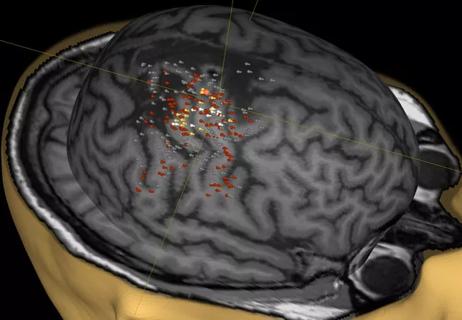
A noninvasive approach to map eloquent areas before surgery
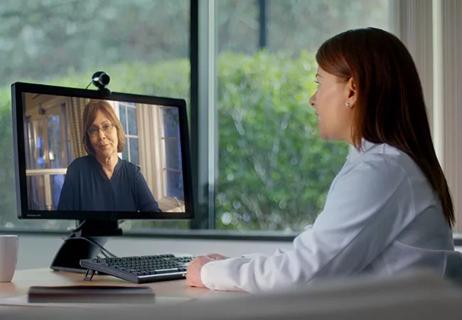
Physician reimbursement policy experts join forces with IT and coders to enable digital transformation
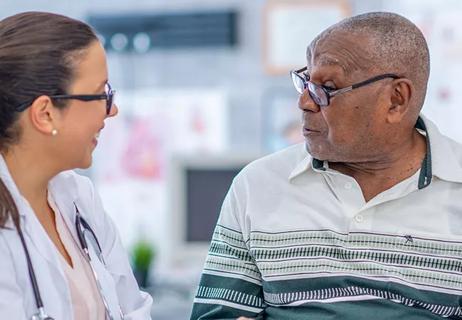
Minority Stroke Program focuses on outreach to racial and ethnic minority communities
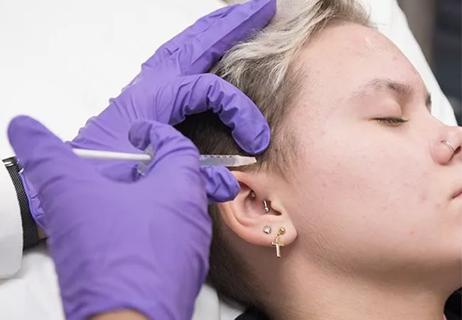
Excellent response seen with ongoing use in patients as young as 11

Q&A with a psychiatrist in Cleveland Clinic’s Transgender Surgery and Medicine Program

Time constraints, language barriers, substance misuse, mood disorders targeted for improvements
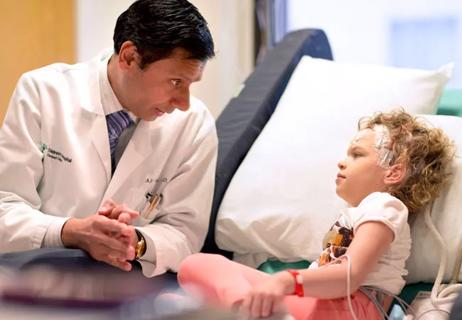
Project draws $1.6M to leverage telemedicine to create medical home, ease transition to adult care
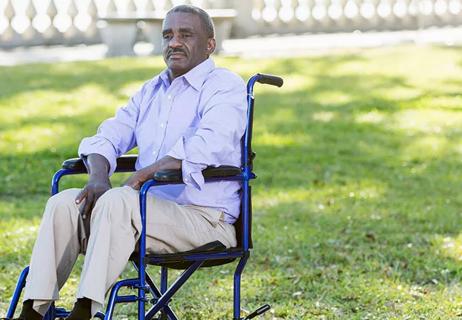
Comorbid depression is only one of the likely warning signs